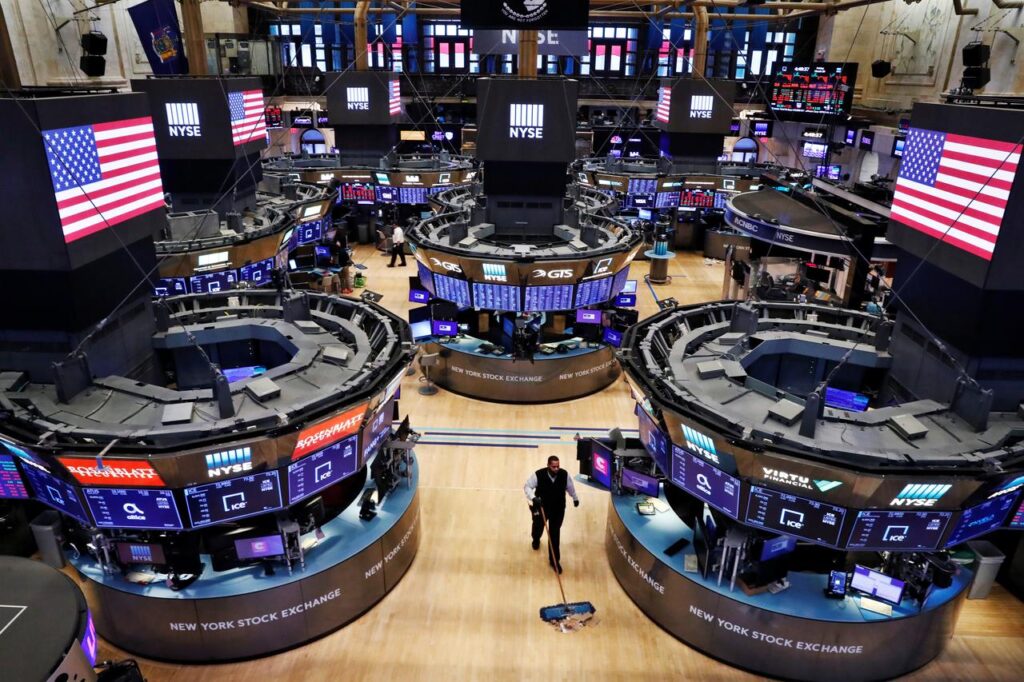The United States is in the beginning stages of a serious economic calamity brought about by our government’s failure to acknowledge and then tackle the covid-19 pandemic. While the economic fortunes of most Americans over the next five years are as yet difficult to discern, what we do know with certainty is that the wealthy will emerge from the current crisis even stronger. The rich will get richer.
The reason the stock market has since late March been performing so well is that it reflects the reality of those most heavily invested in it — the wealthy — not the reality of the rest of the country which is suffering from the coronavirus pandemic, very high unemployment rates, and economic decline.
The primary function of the stock market is supposed to be the allocation of capital to help companies grow. But companies are increasingly meeting their capital needs through private equity and venture capital. The number of publicly traded U.S. companies has been in decline for years. In 1997, there were 7,500 publicly-traded companies. Today there are only 3,600 — even though the size of the U.S. economy has more than doubled in that time. So, what’s the point of the stock market today?
Today, the stock market, instead of directing capital to its most productive uses, has become a mechanism for draining capital out of the economy in order to funnel even more of the nation’s wealth upward. This is being done primarily through stock buybacks. In other words, the actual purpose of the stock market is not to distribute capital efficiently, but rather to make the rich richer.
In the last four years — a period of unusually strong market growth — buybacks were the single largest source of demand in the stock market. In 2019 alone, U.S. companies in the S&P 500 bought back $729 billion of their own stock — the equivalent of 3 percent of the country’s GDP. It’s buybacks that have to a great extent fueled the market run-up. This suggests that the stock market is nothing but a hall of mirrors.
Stock buybacks were outlawed in 1929 when they were thought to be a form of price manipulation. But restrictions on stock buybacks were lifted in 1982 at the time when wages in the U.S. began to stagnate.
Between buybacks and dividends, the largest U.S. companies returned nearly 90 percent of their earnings to shareholders in the last decade. That’s money that could have been used to give employees raises, or to increase spending on research and development. Instead, it went to investors.
Buybacks are a form of corporate looting and represent one of the biggest grifts in contemporary economic life — made possible by coordinated wage suppression across industries since the 1980’s. The wealthiest 10 percent of Americans own, in dollar terms, 84 percent — a percentage that’s going up — of the total stock held by U.S. households.
The stock market has become an emblem and engine of American inequality. We should stop thinking of the stock market as a barometer of national prosperity. It’s not, and that’s why its performance since late March has not reflected the economic devastation of the coronavirus pandemic.


